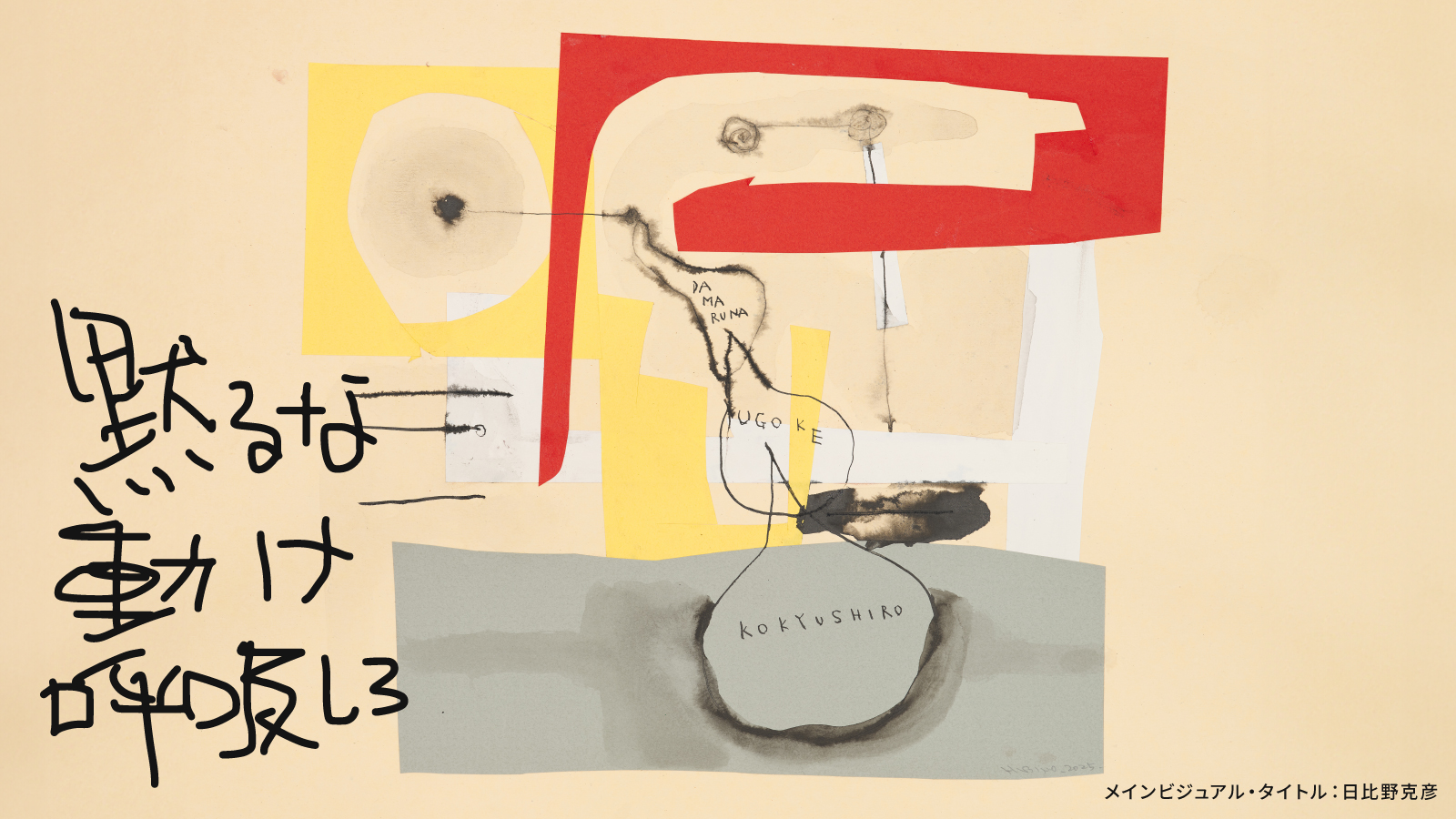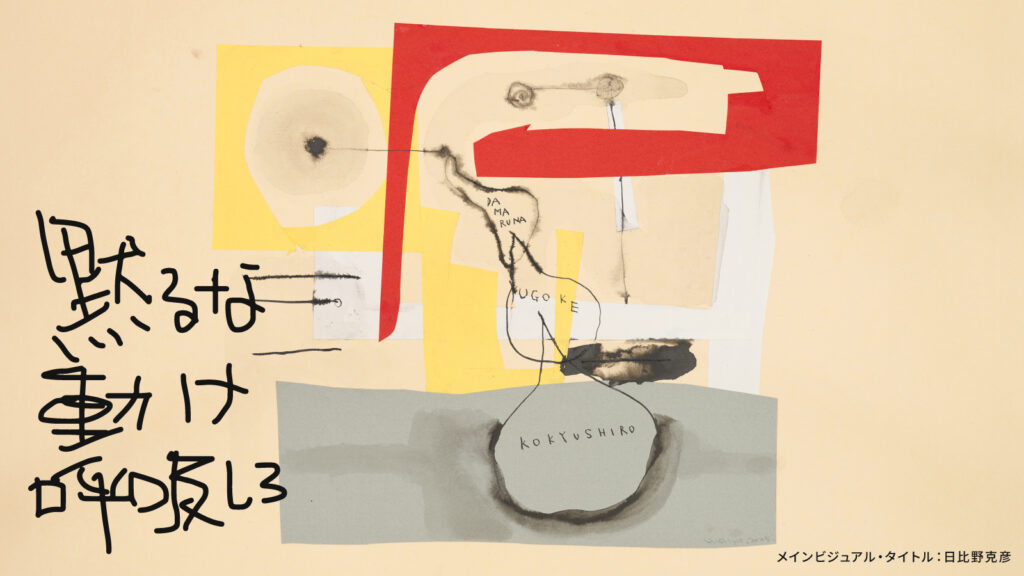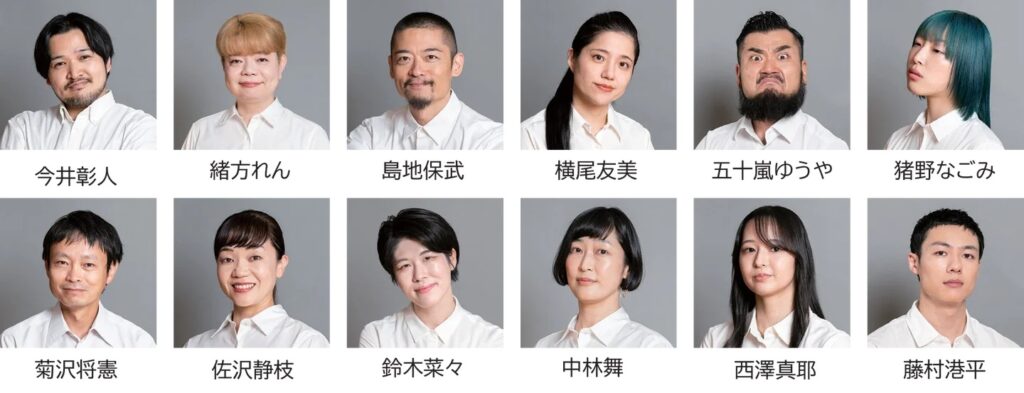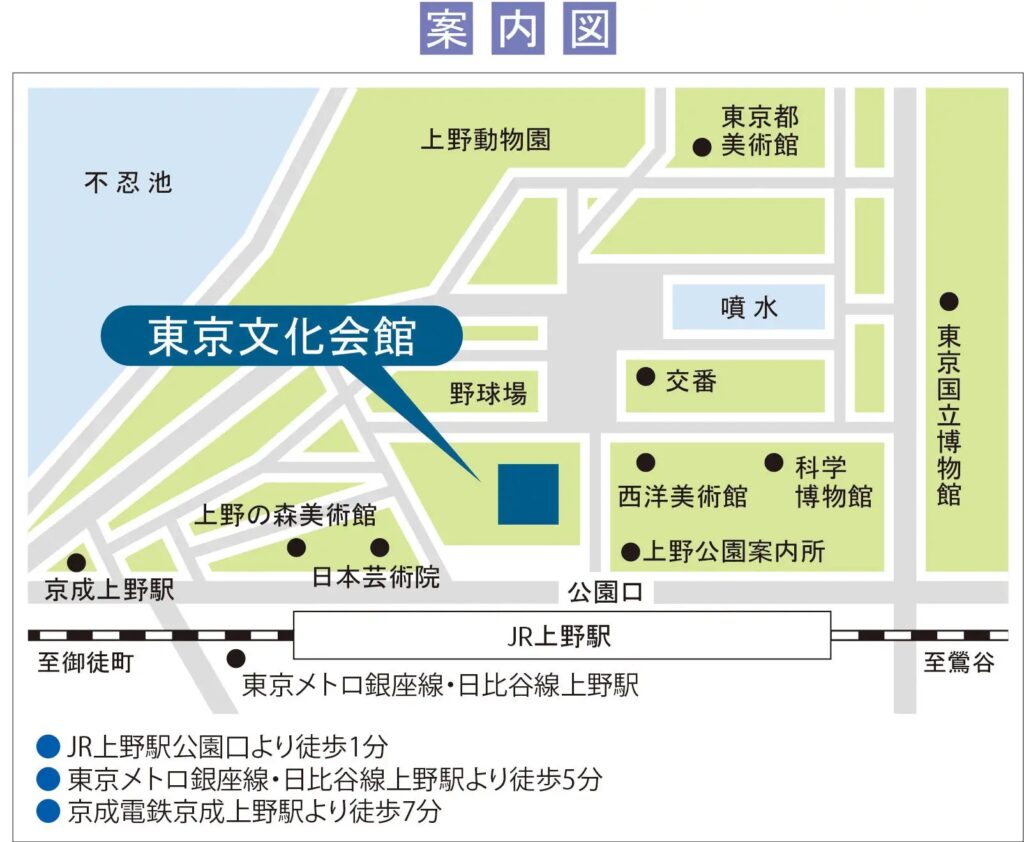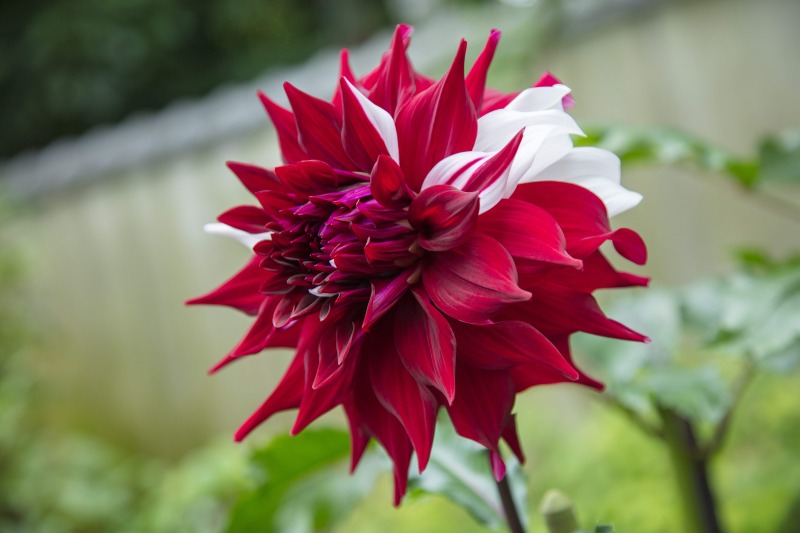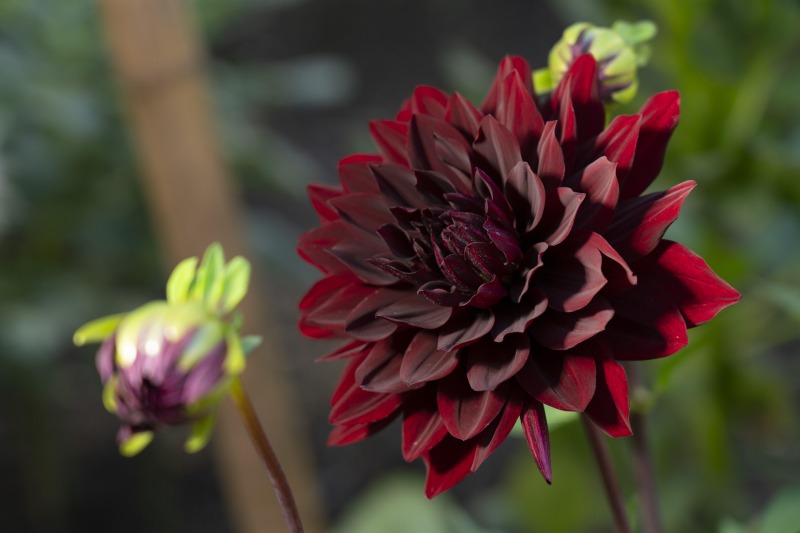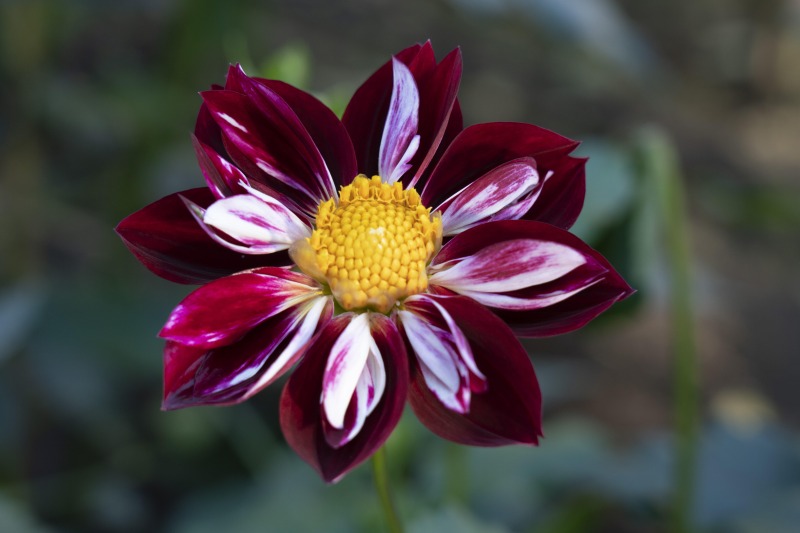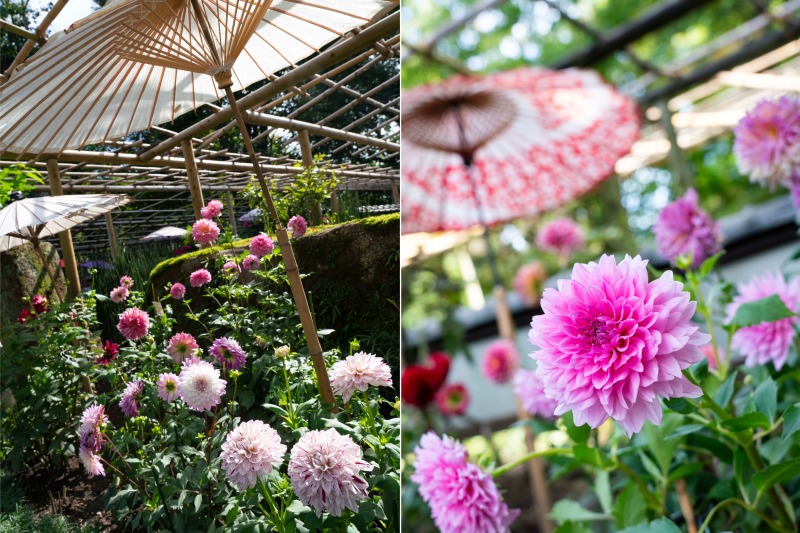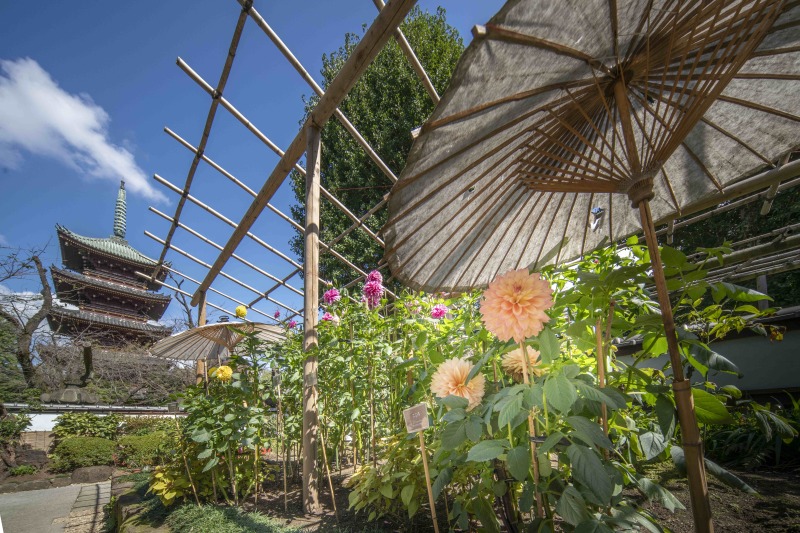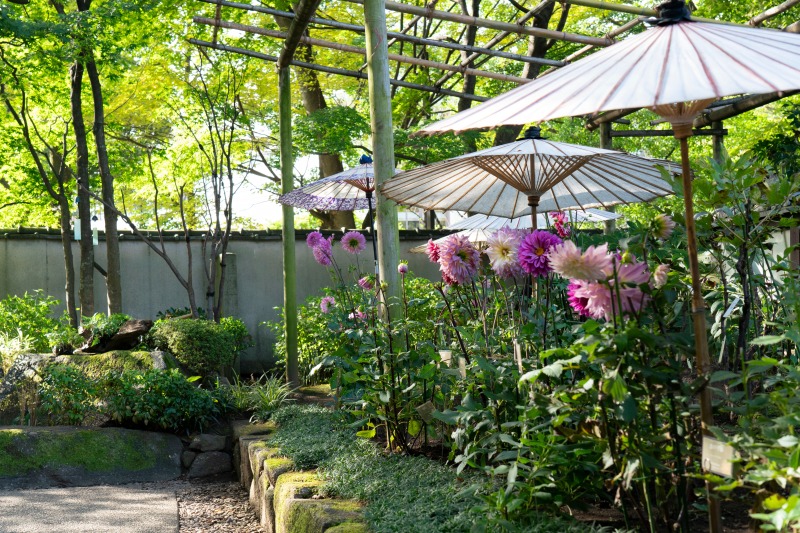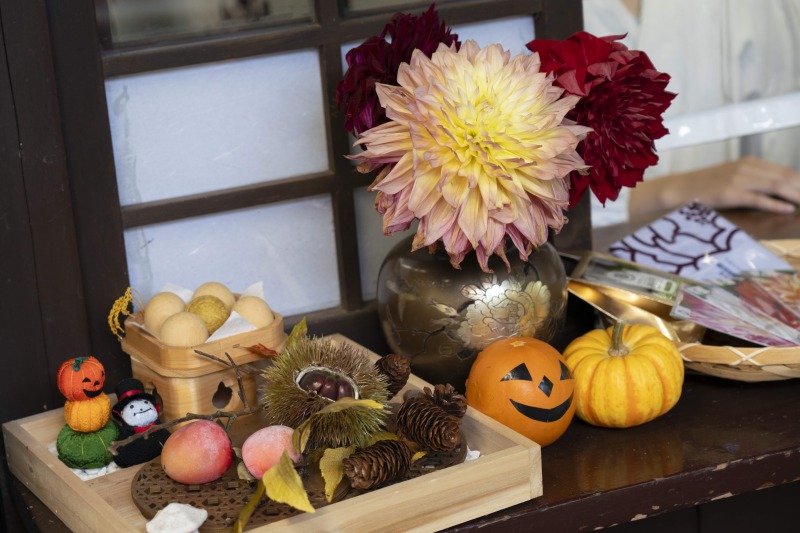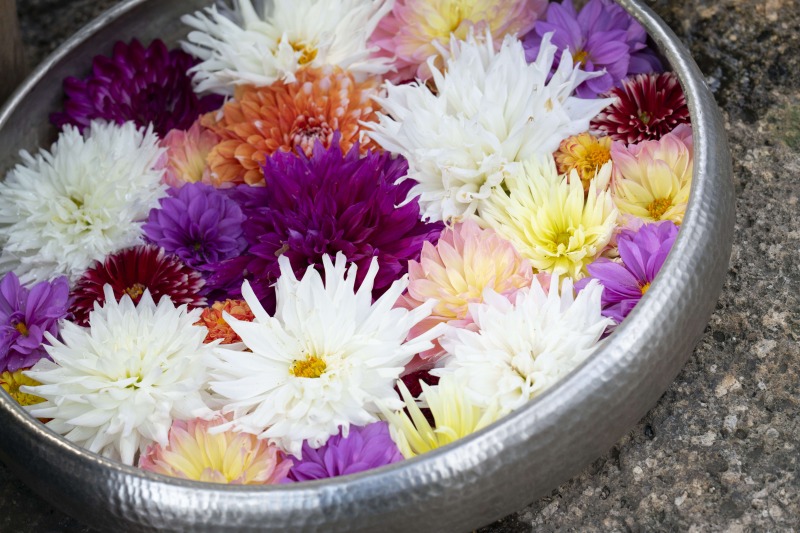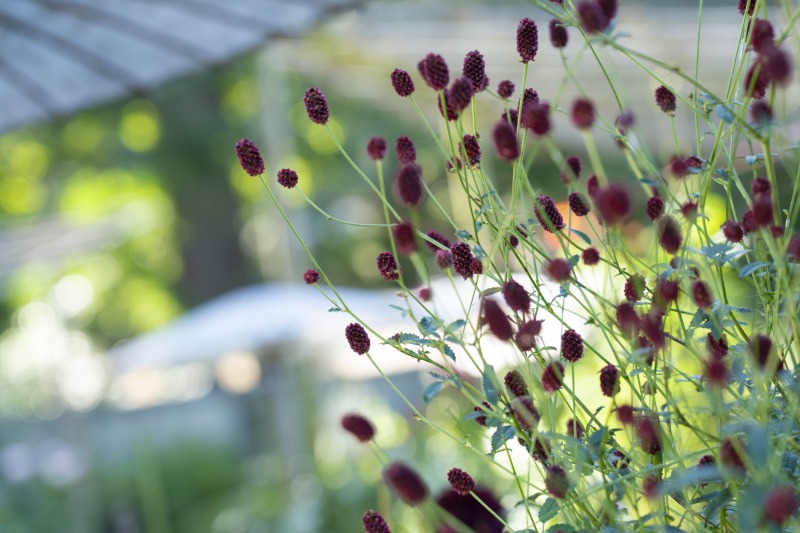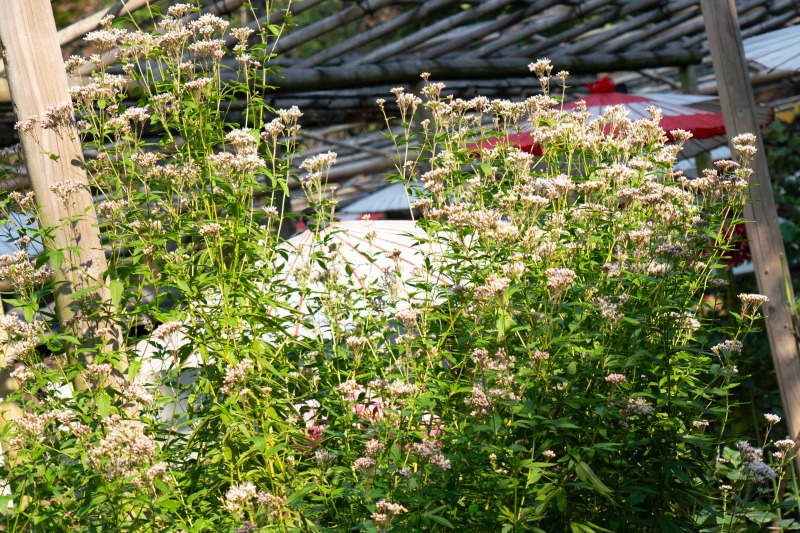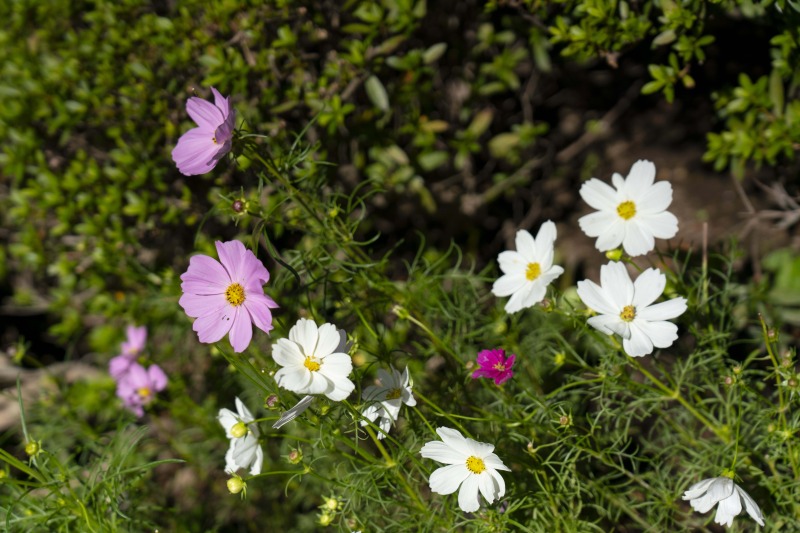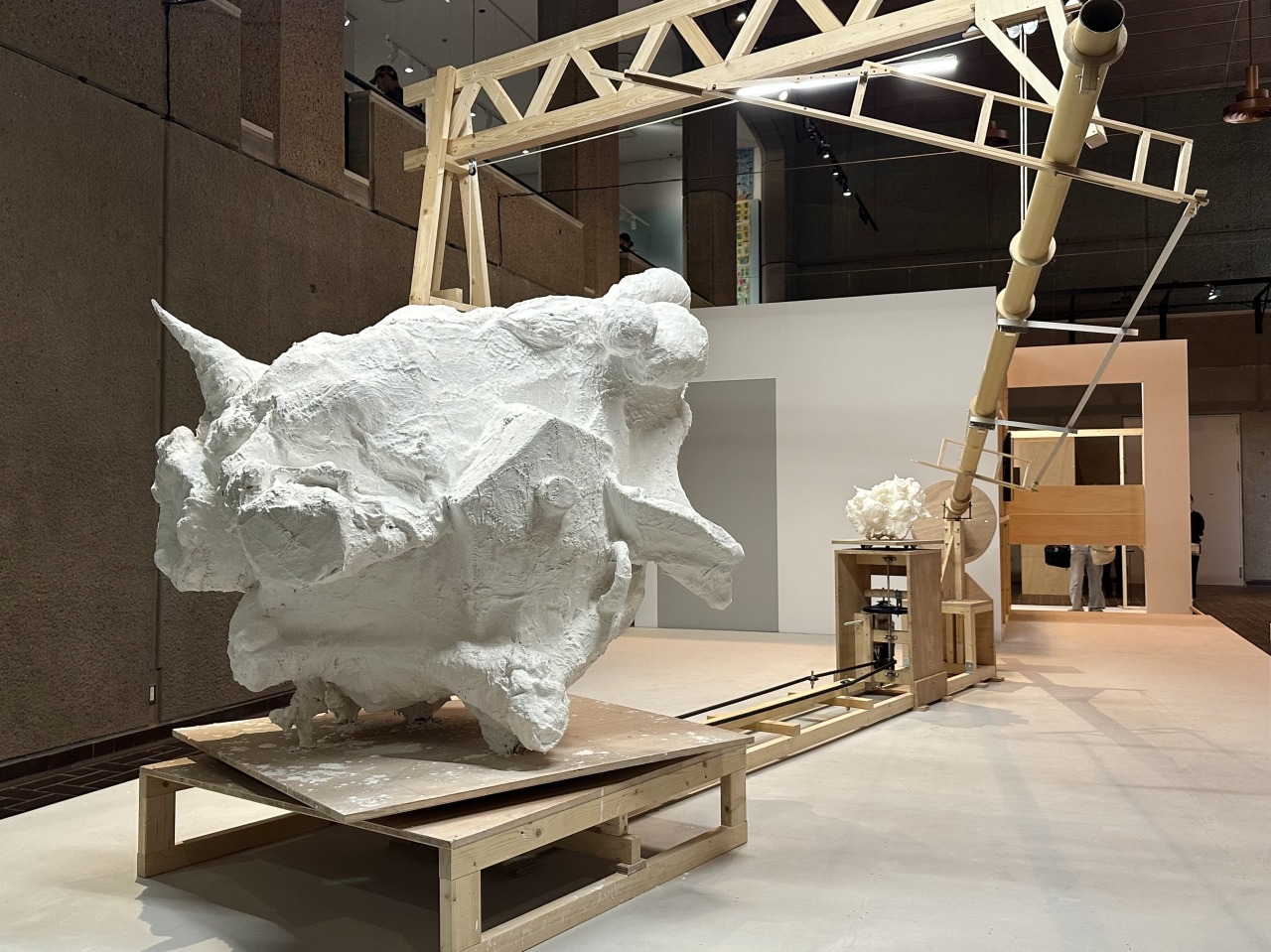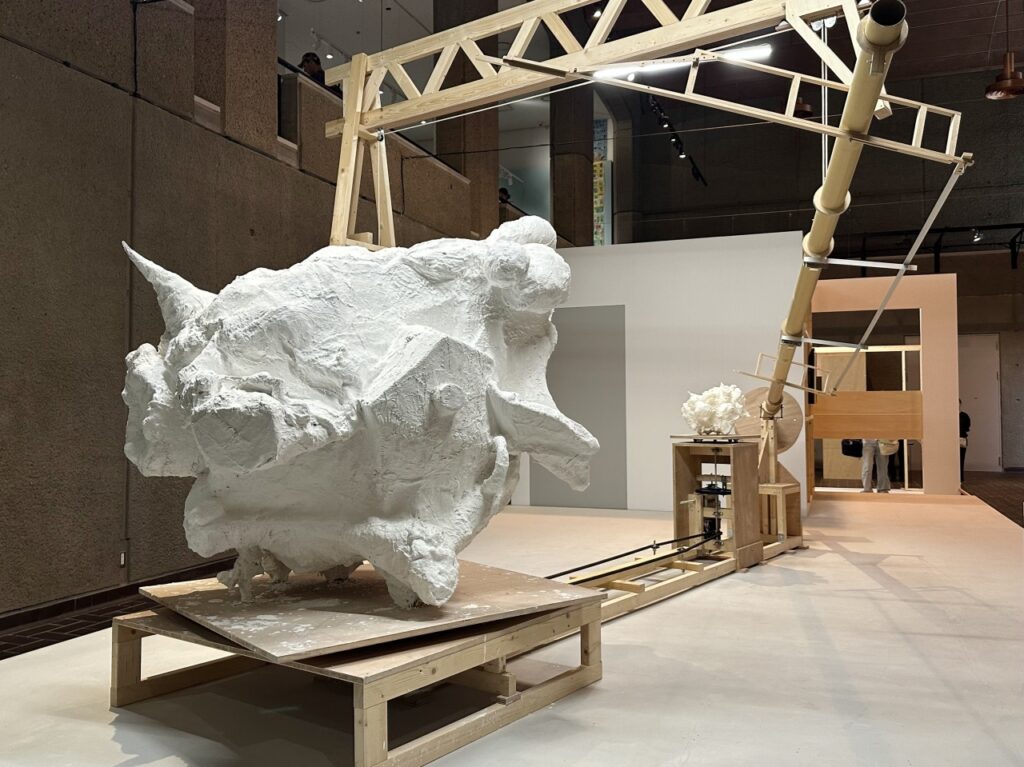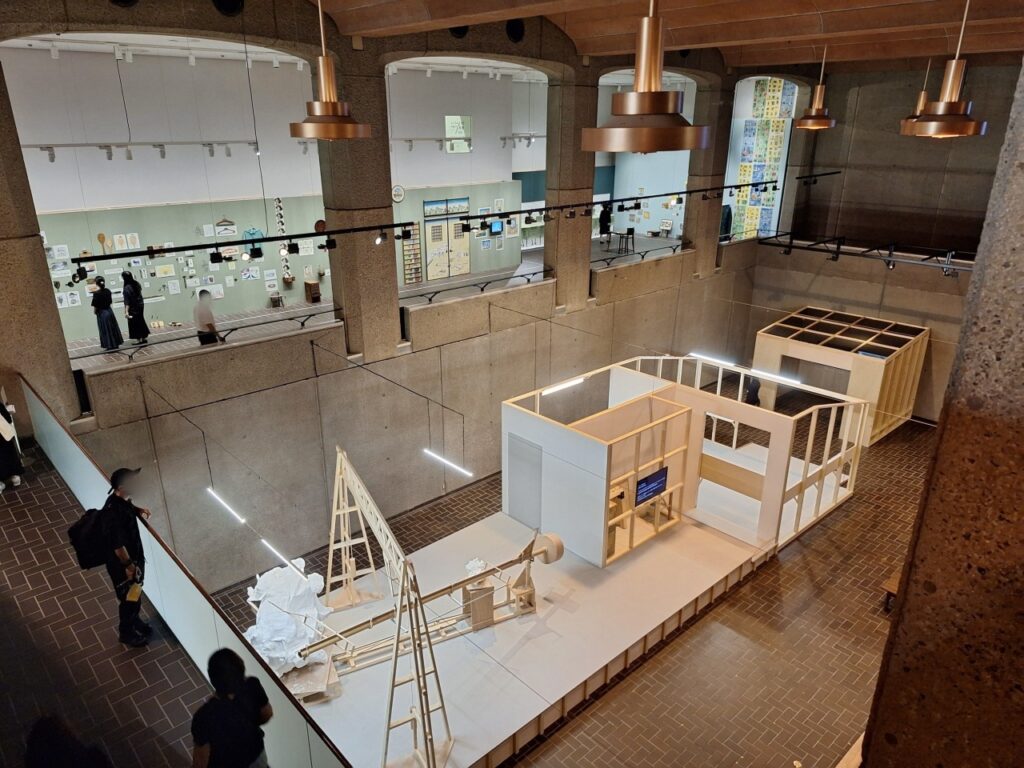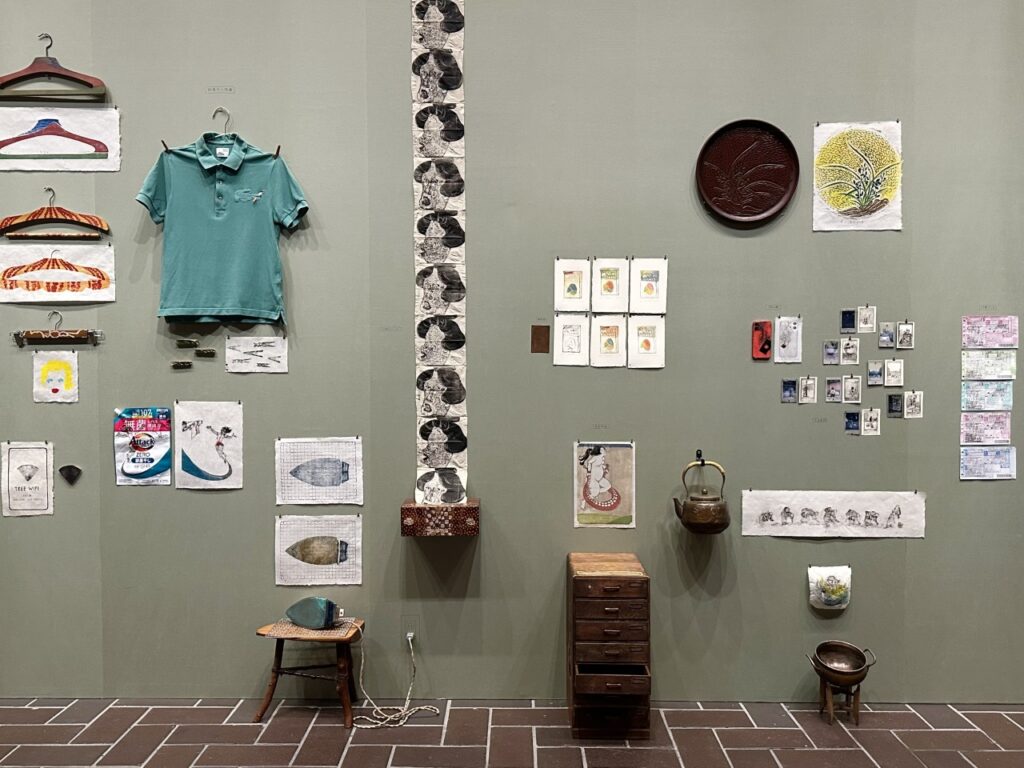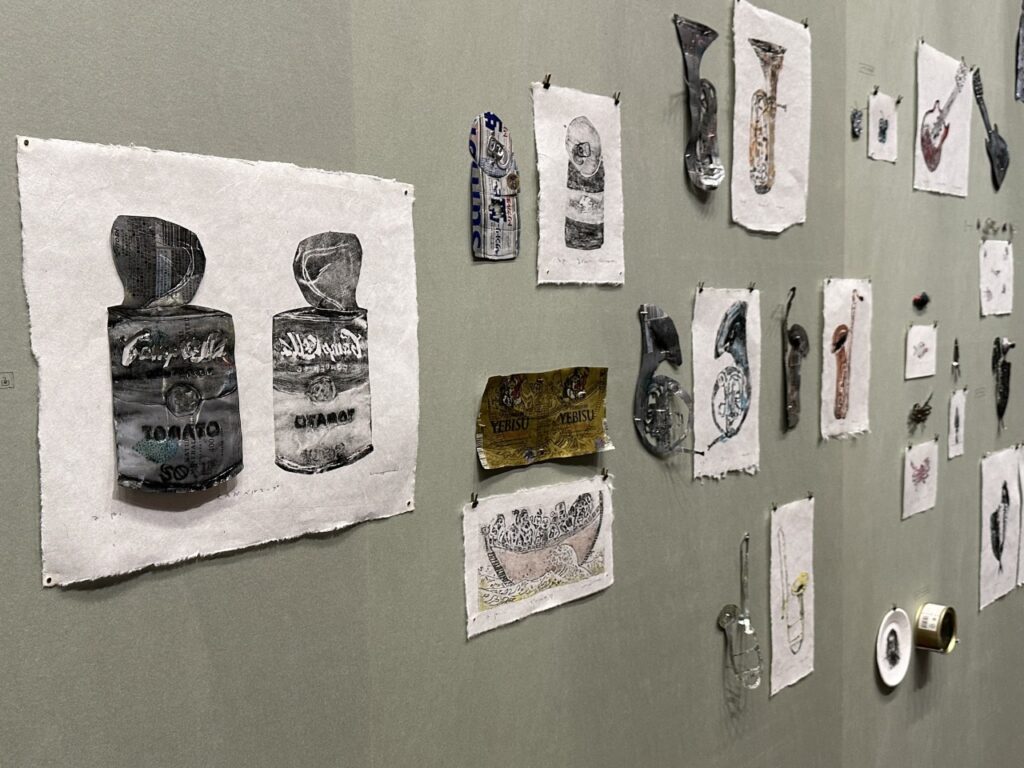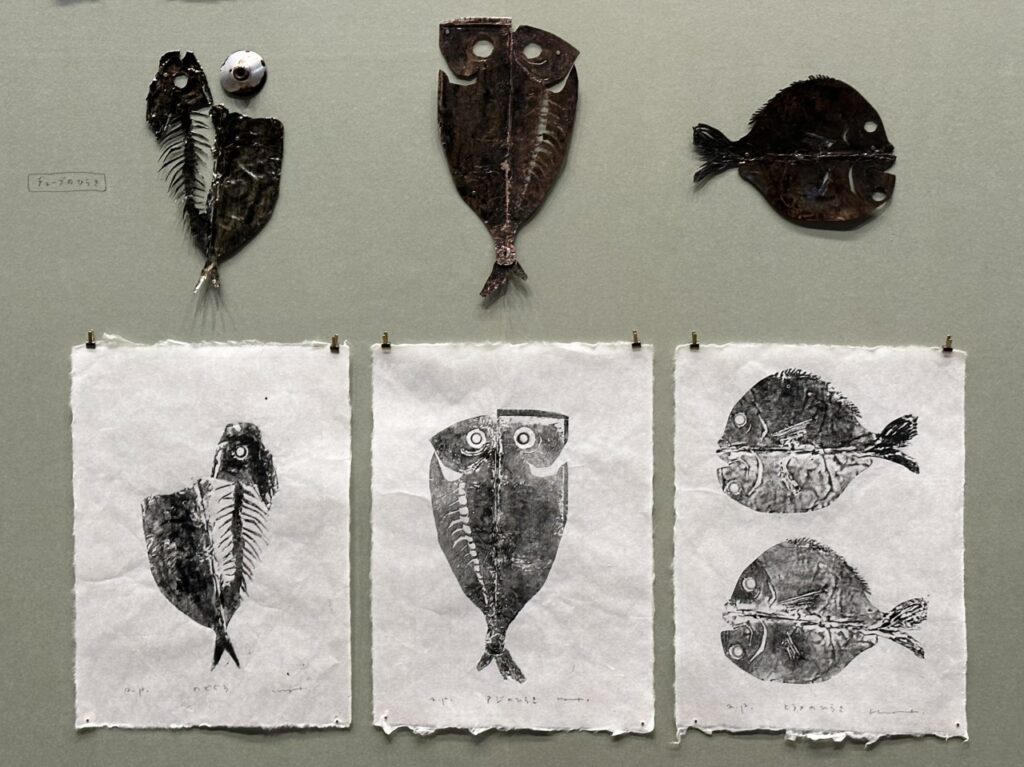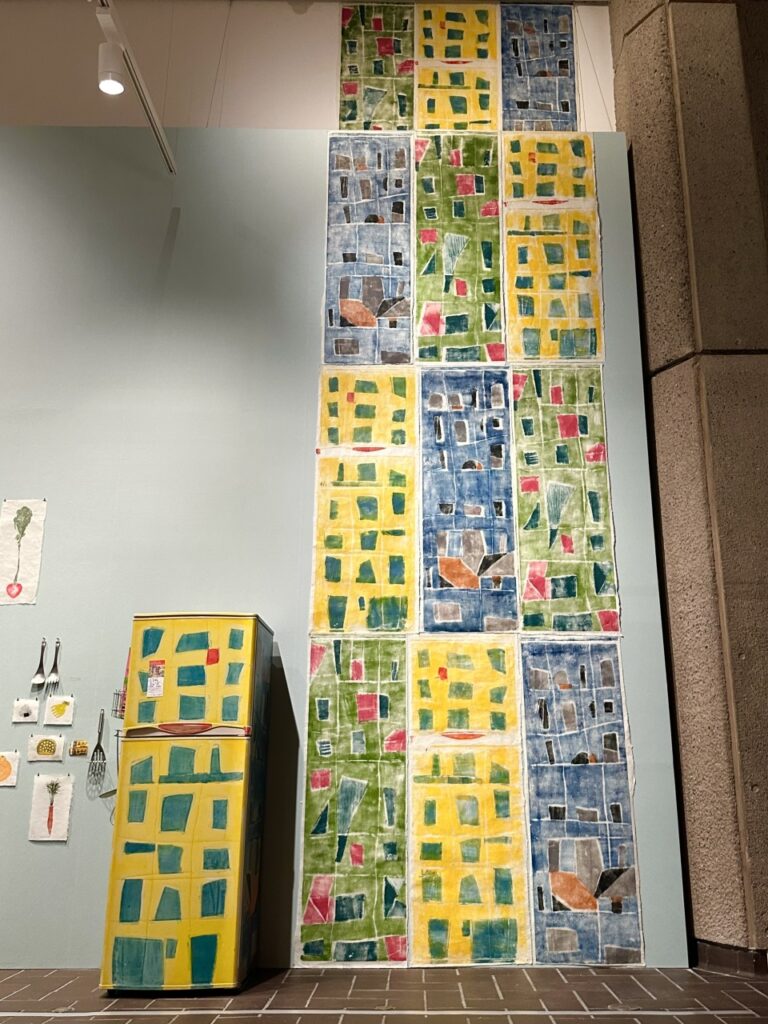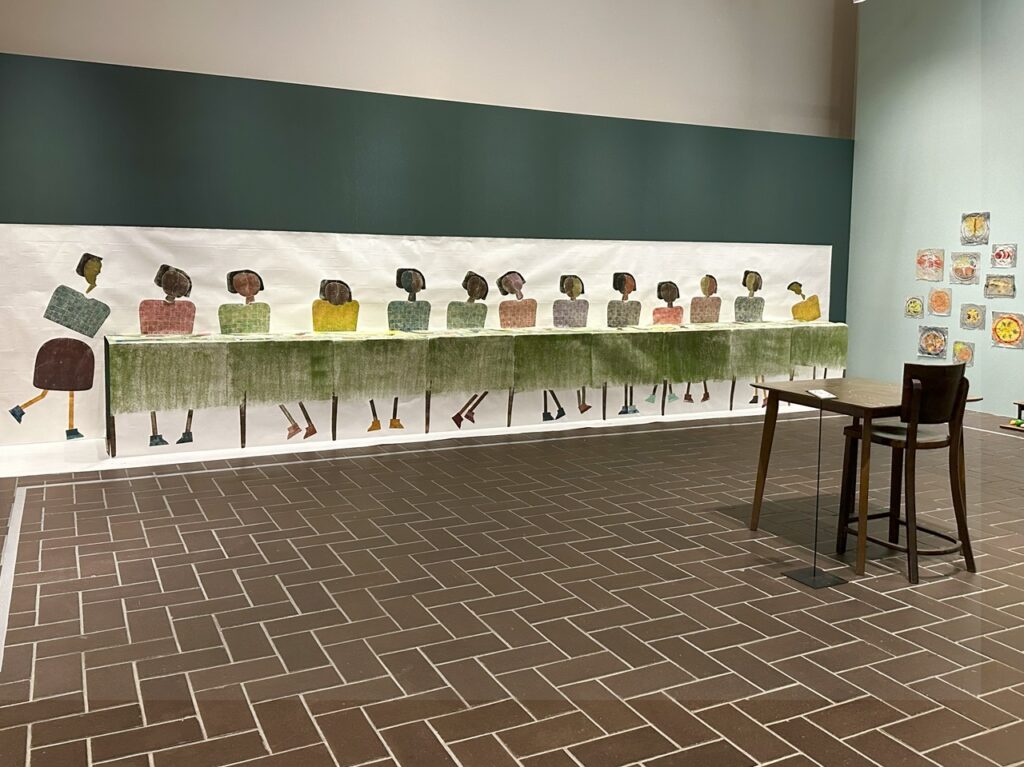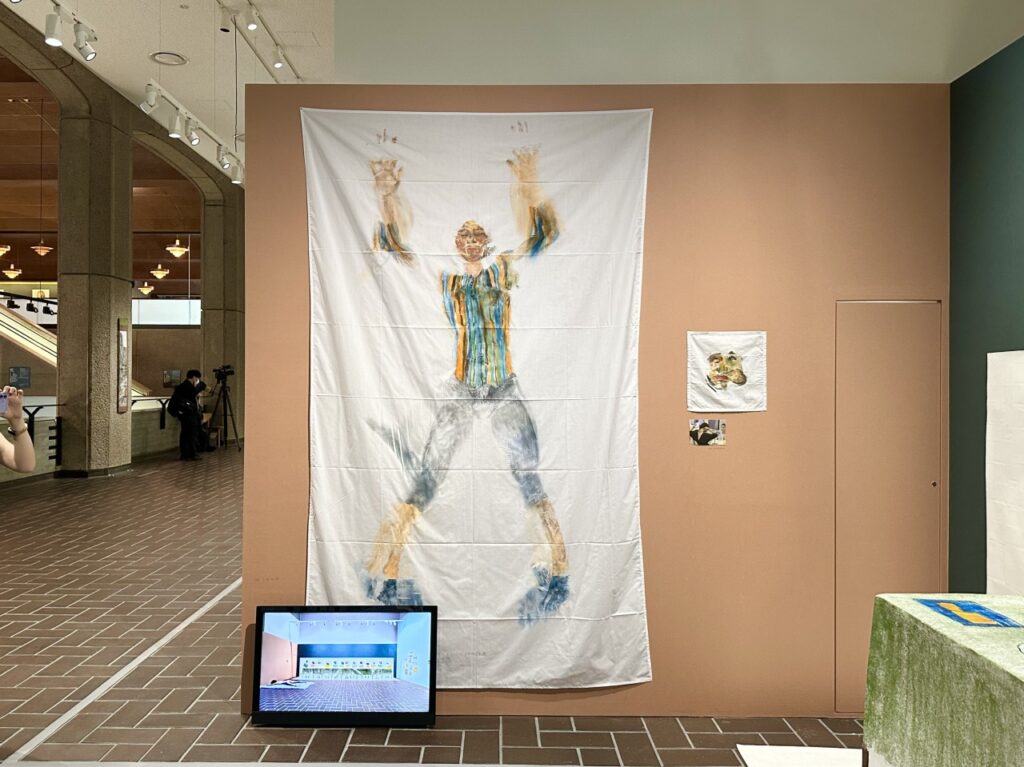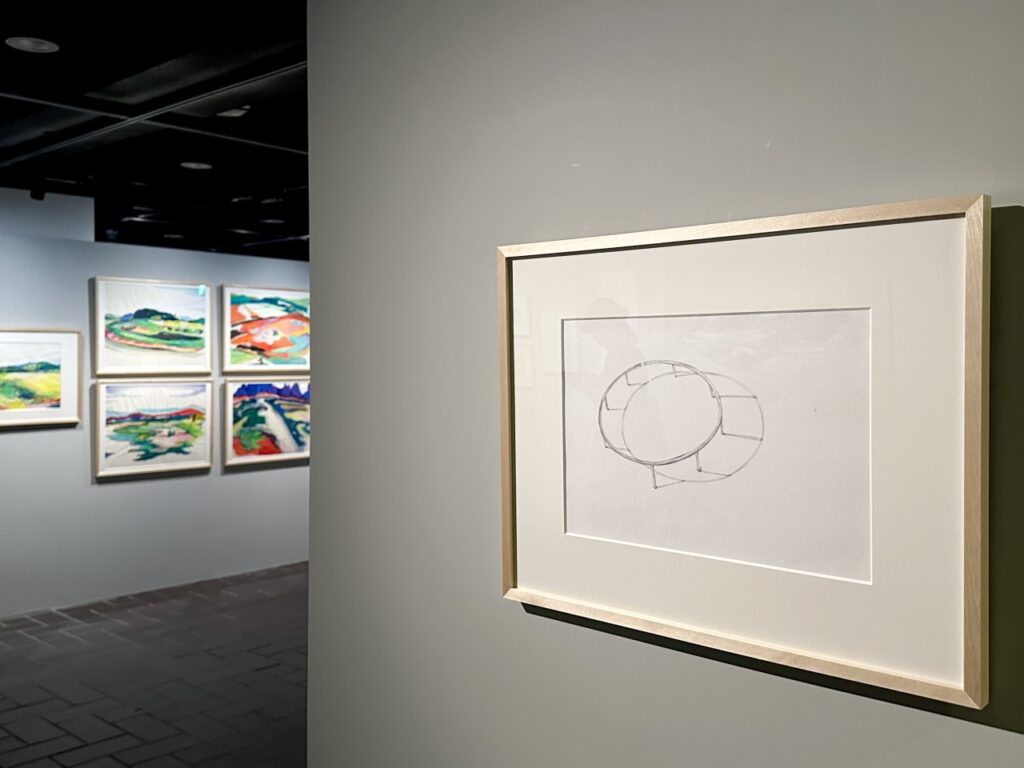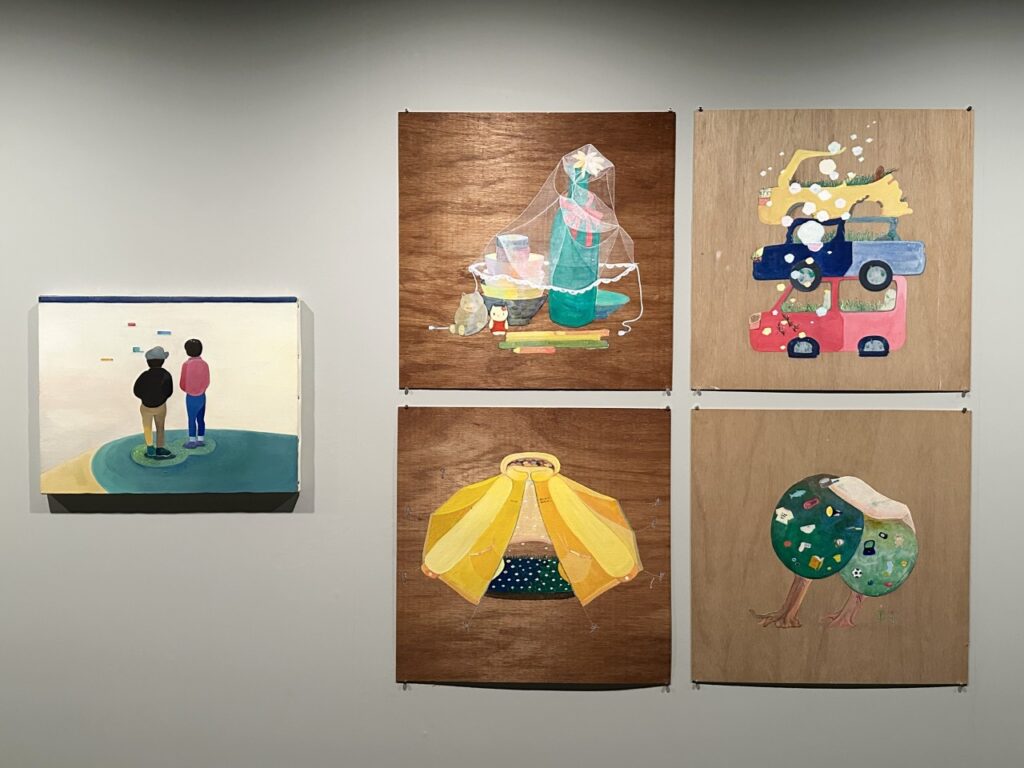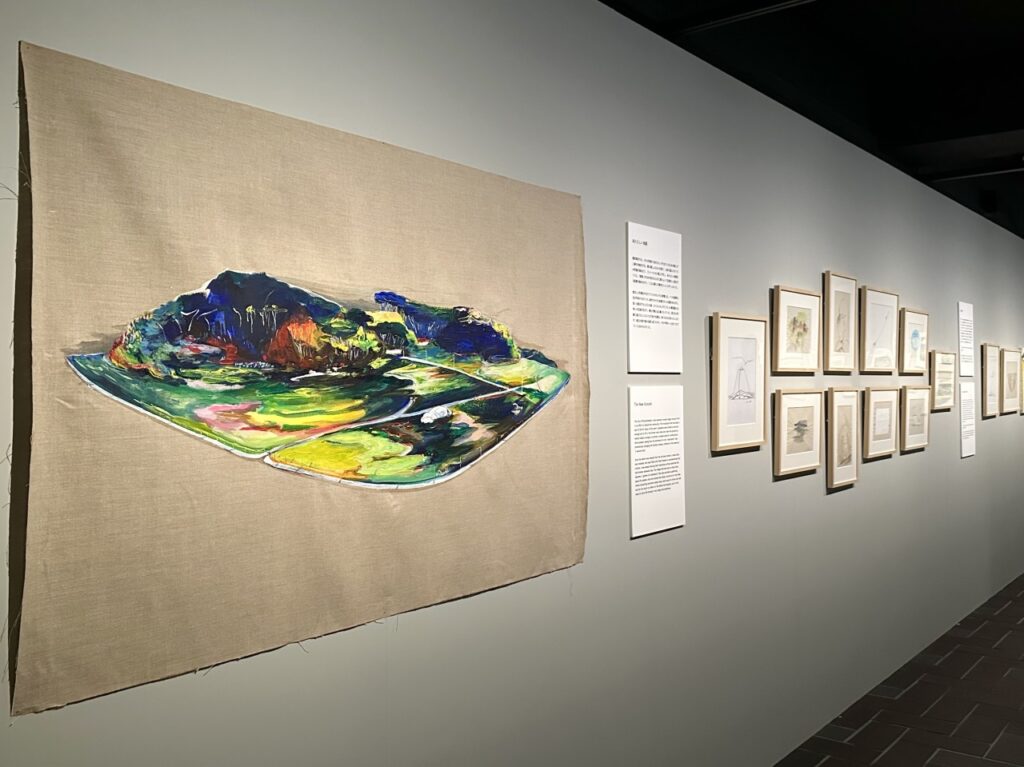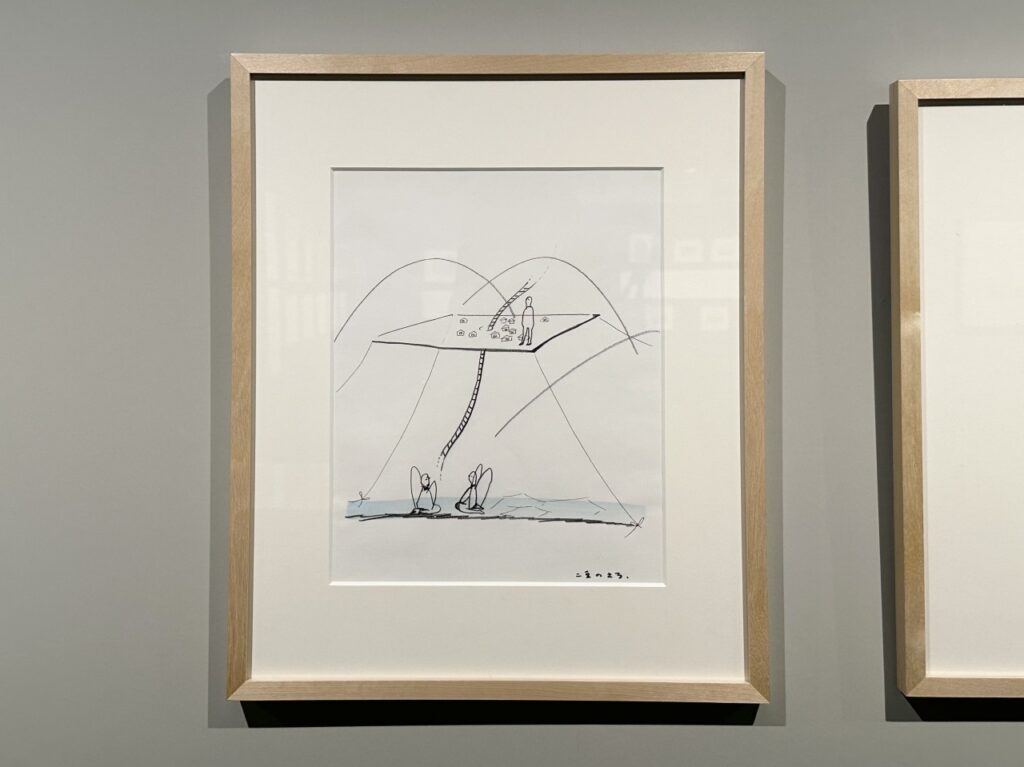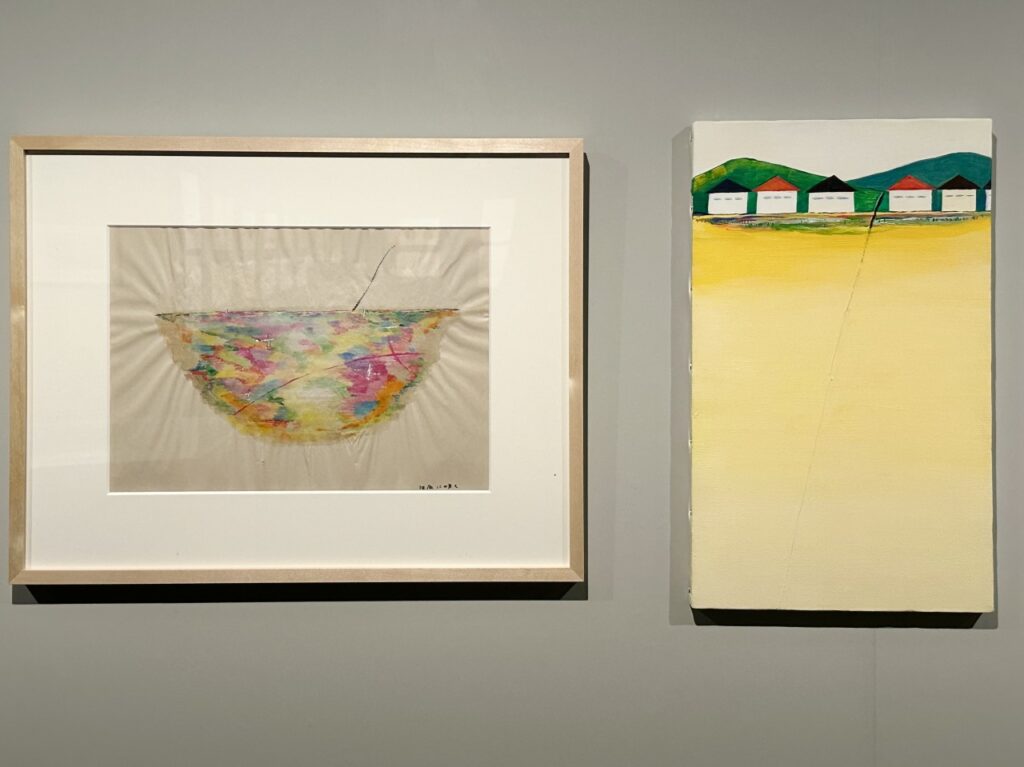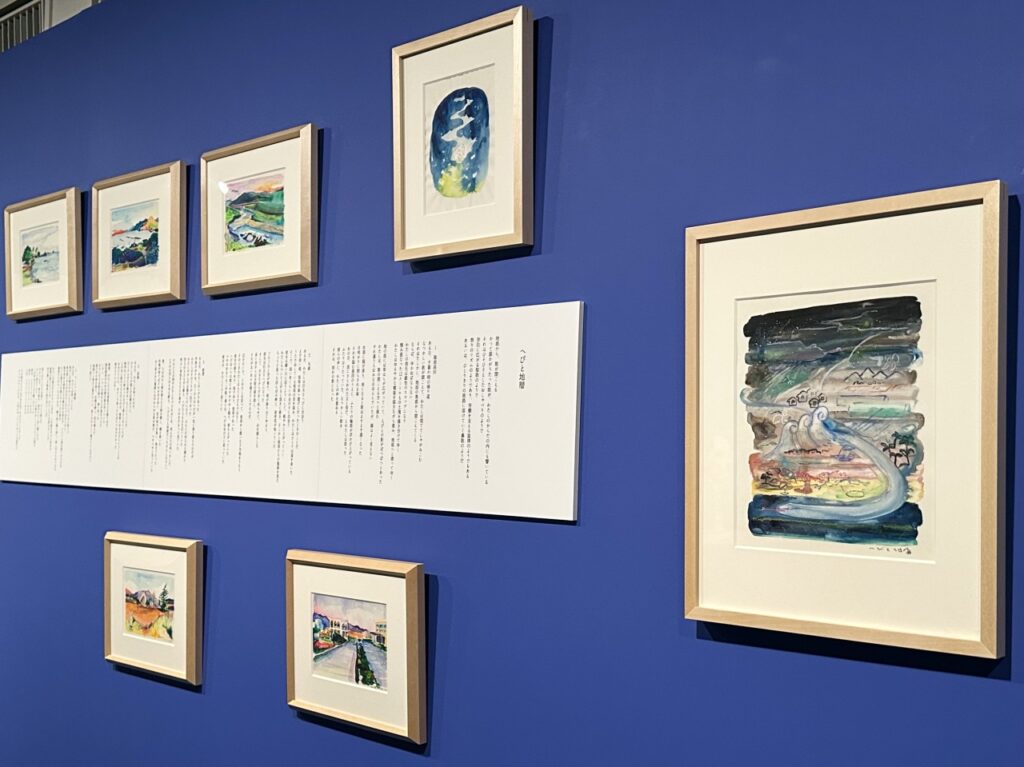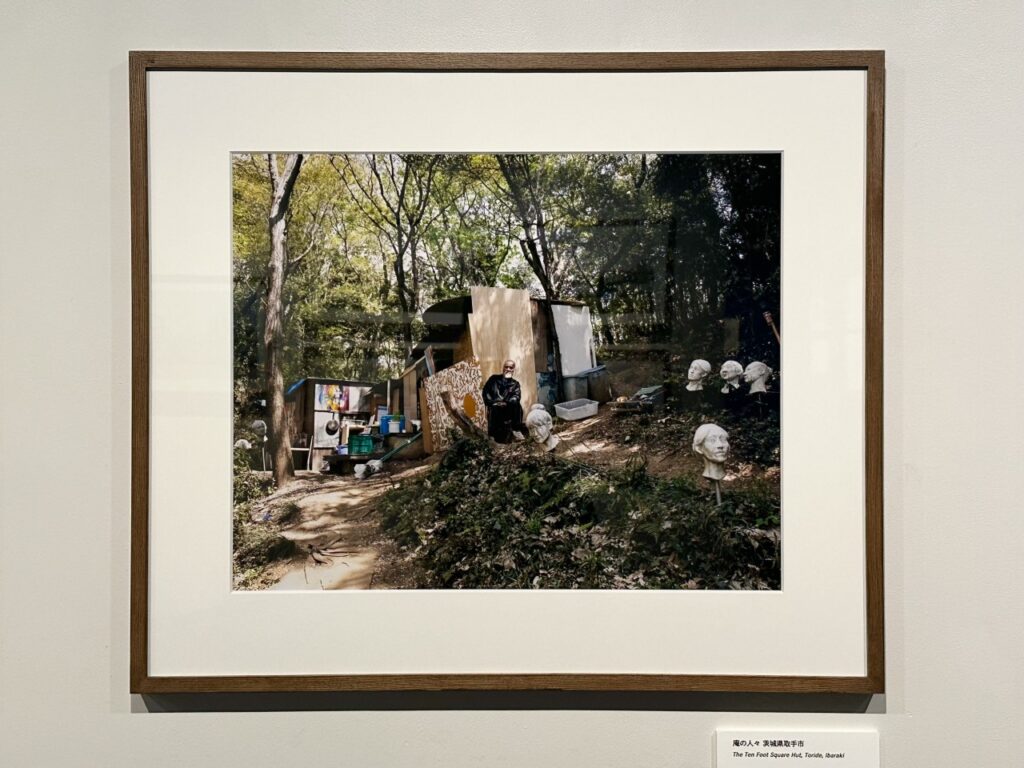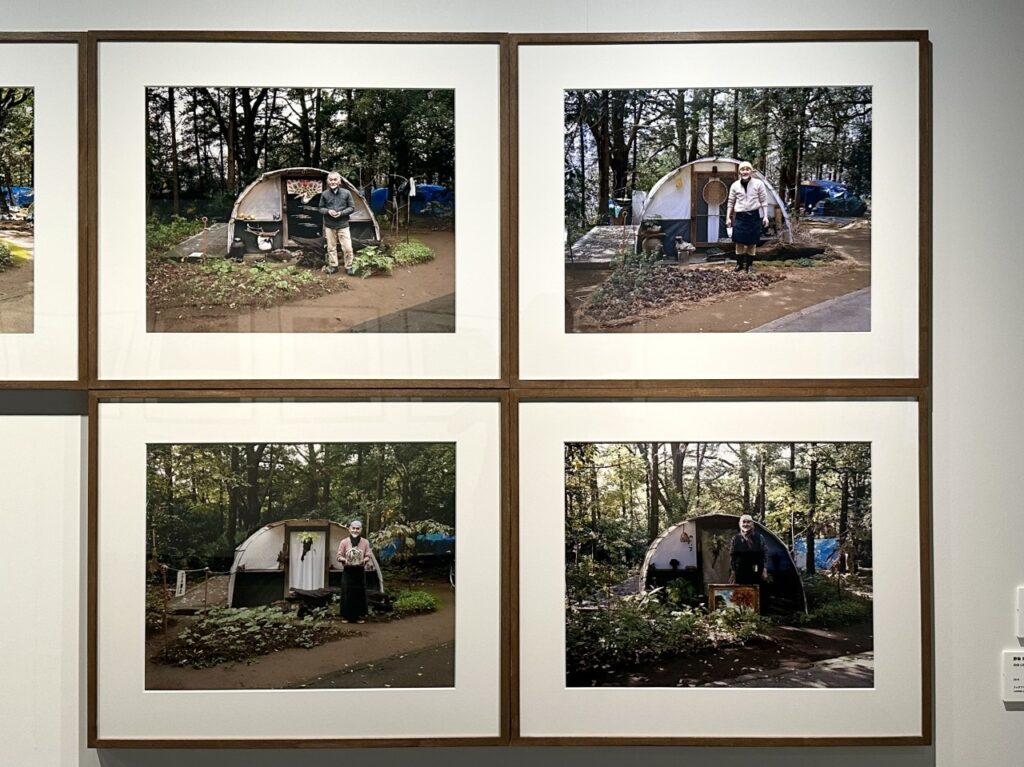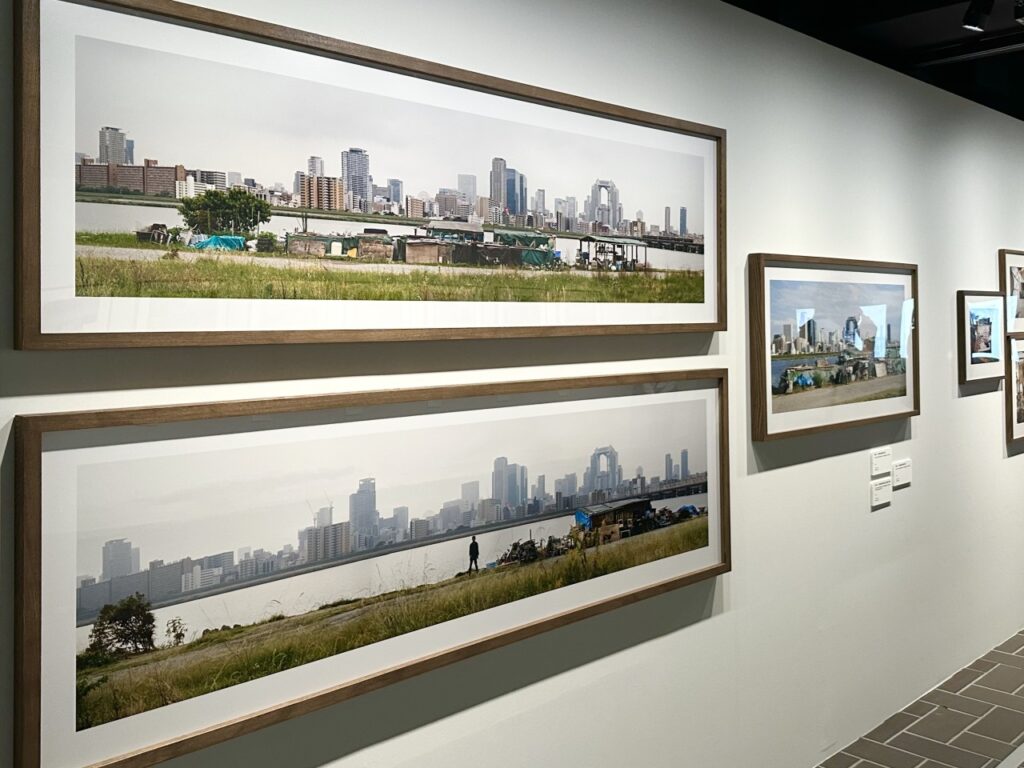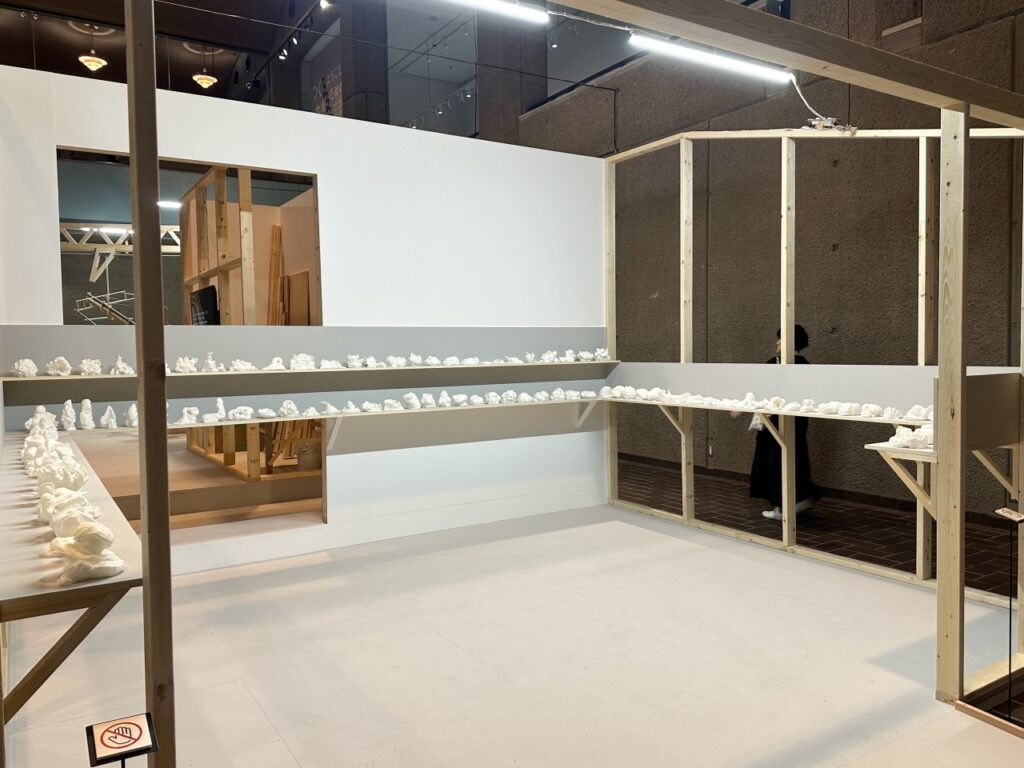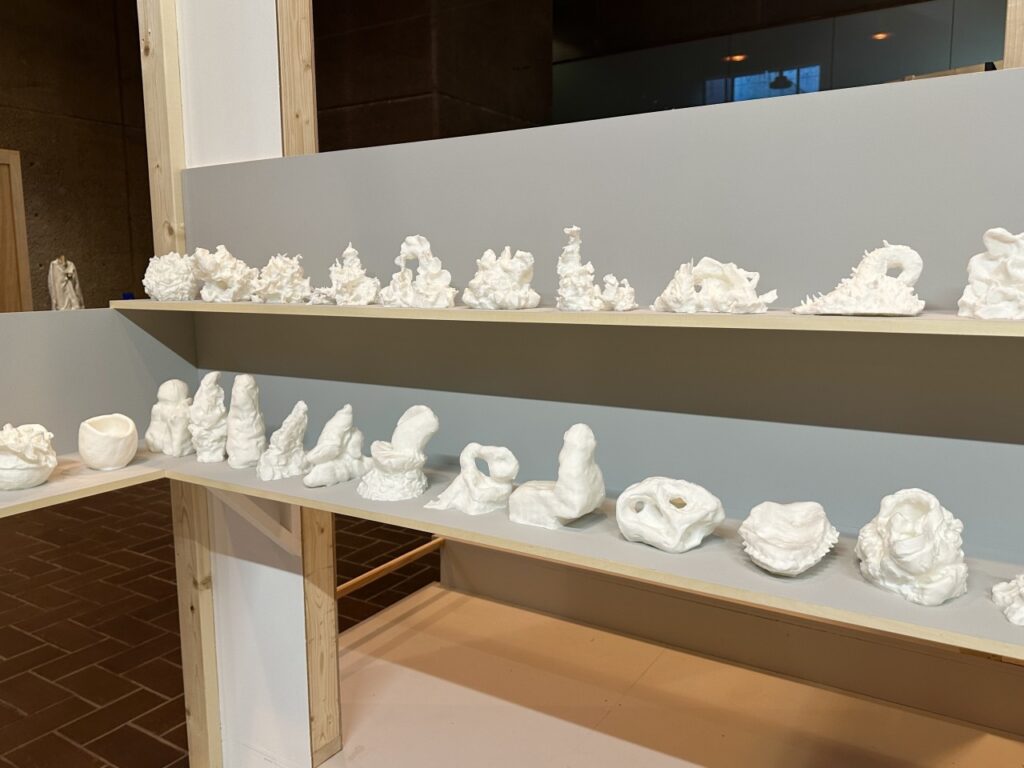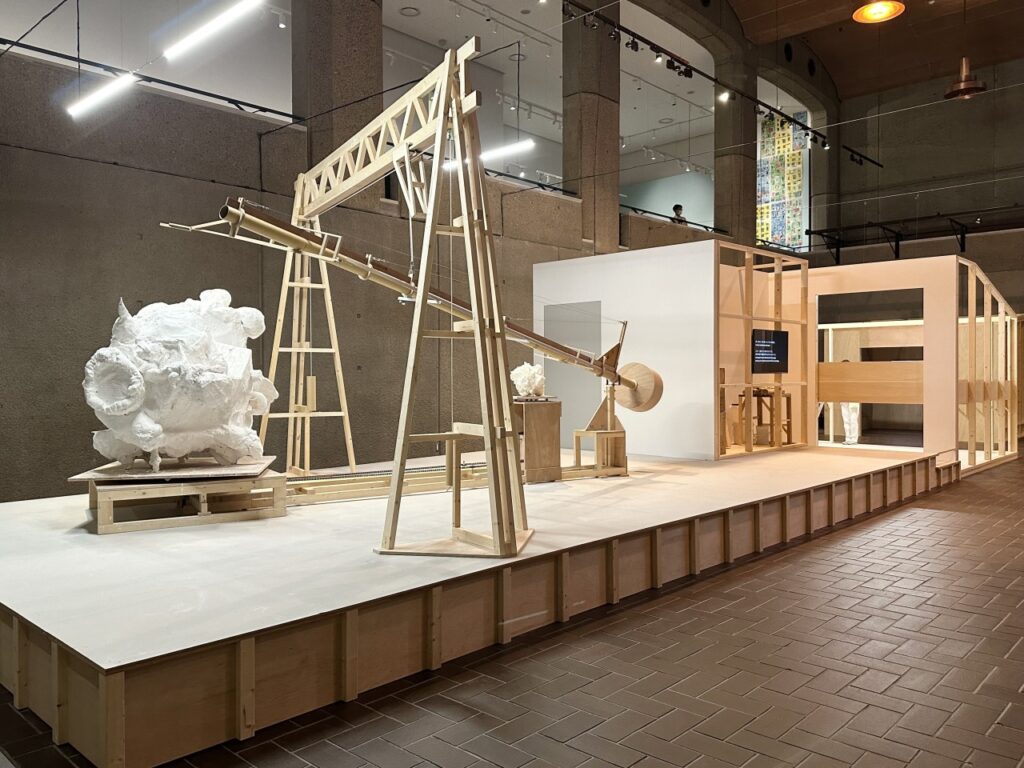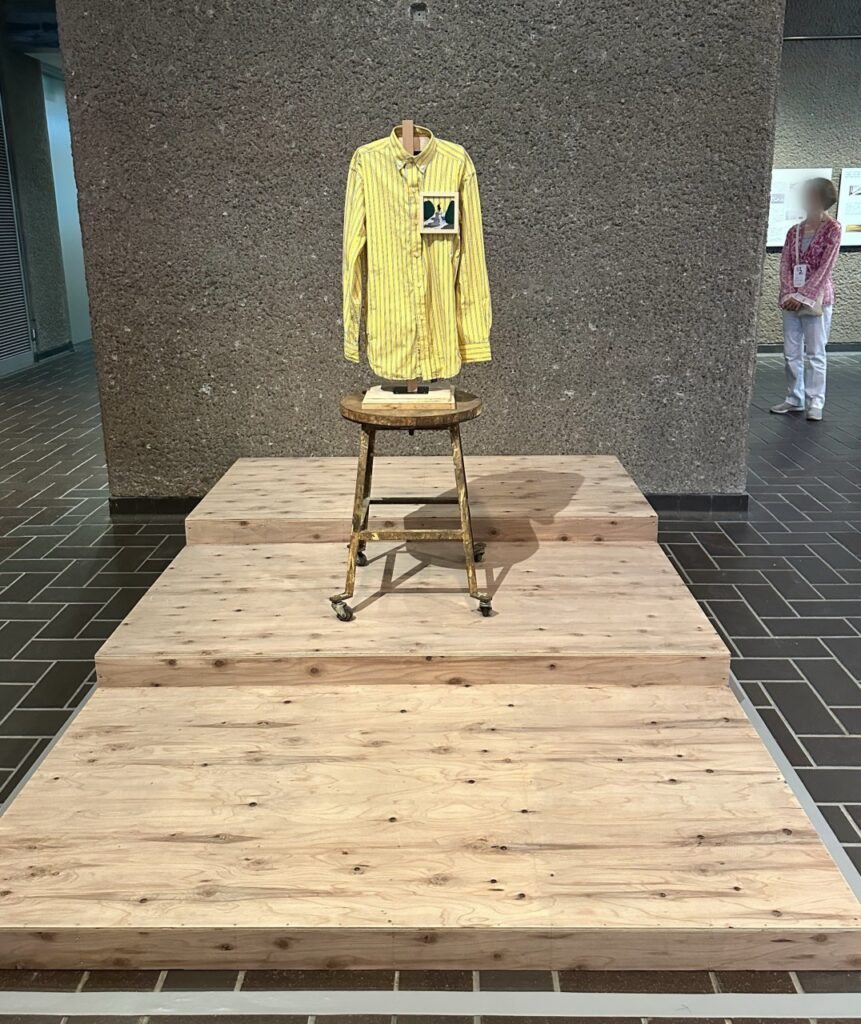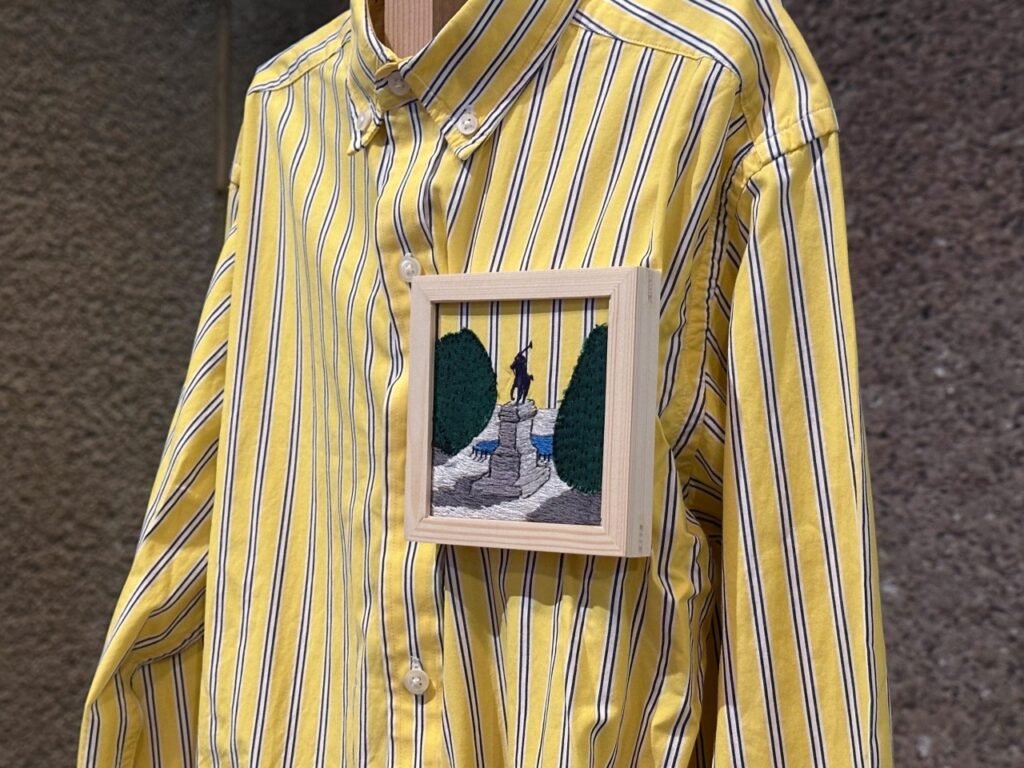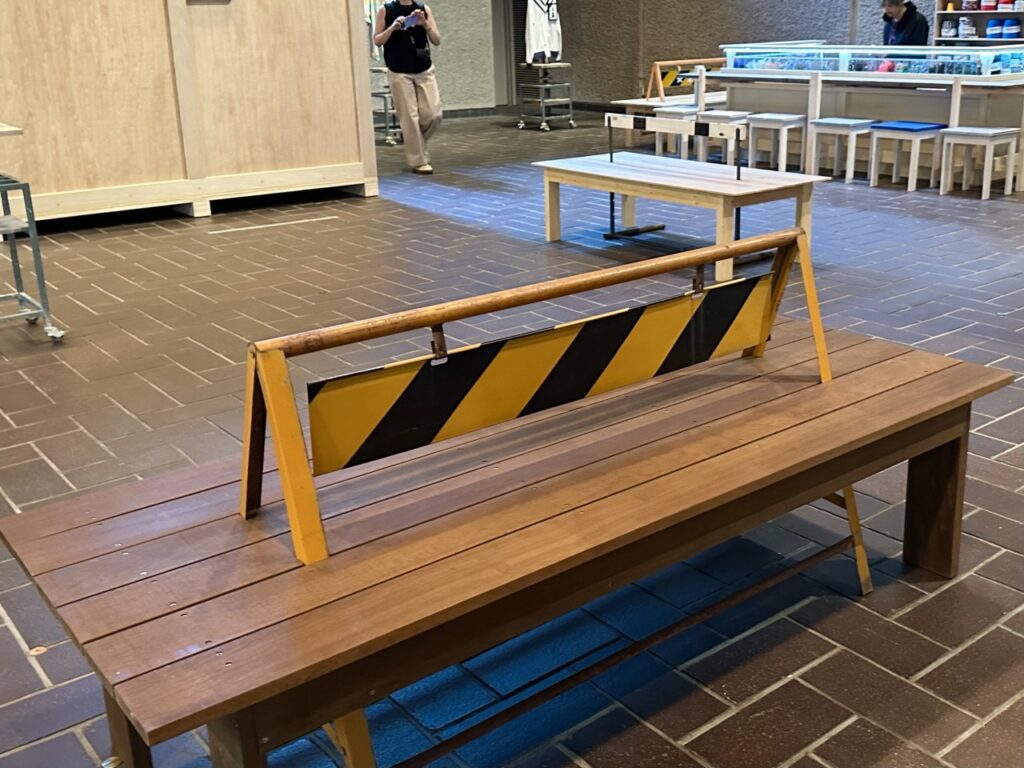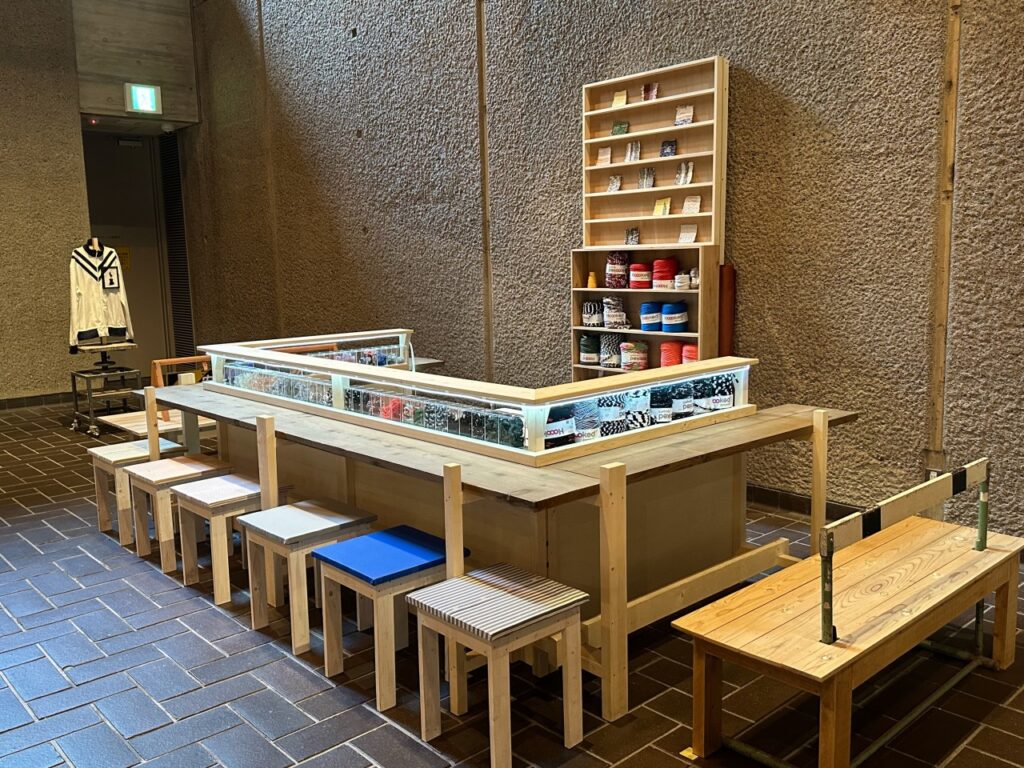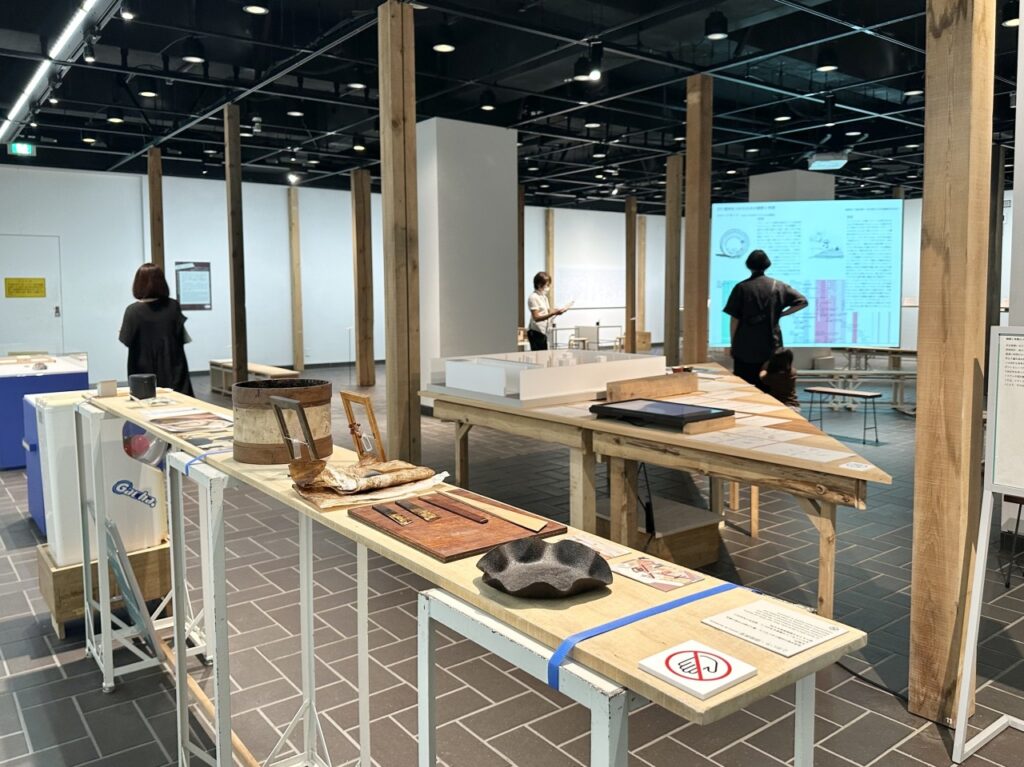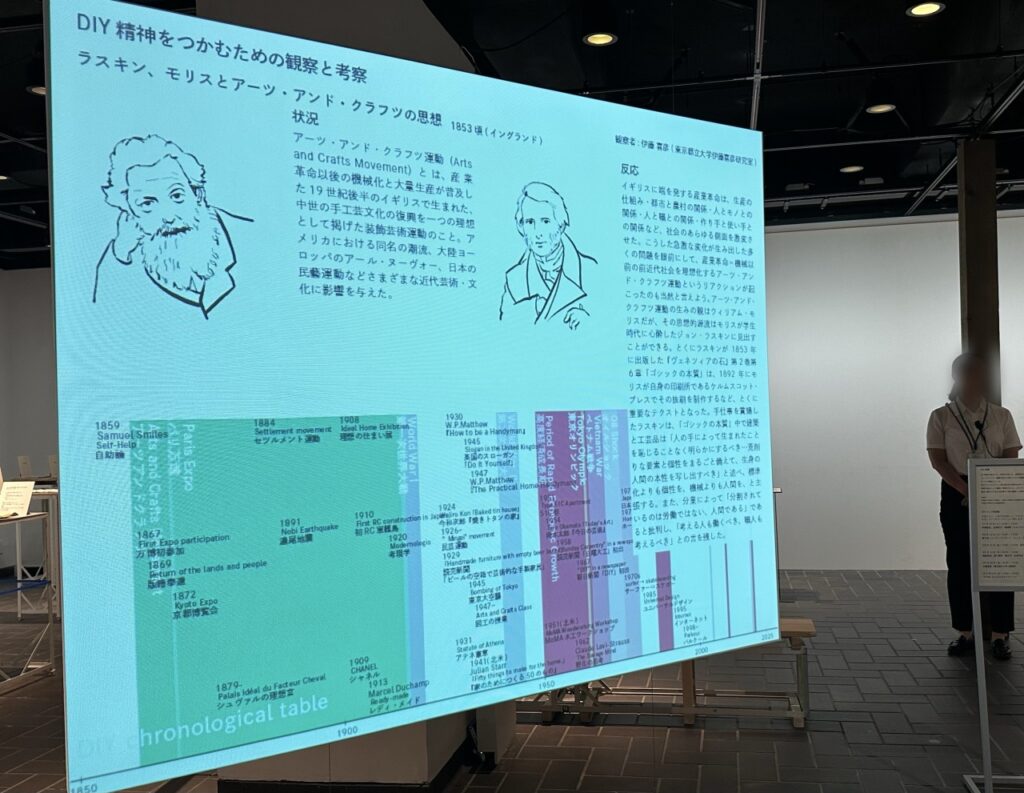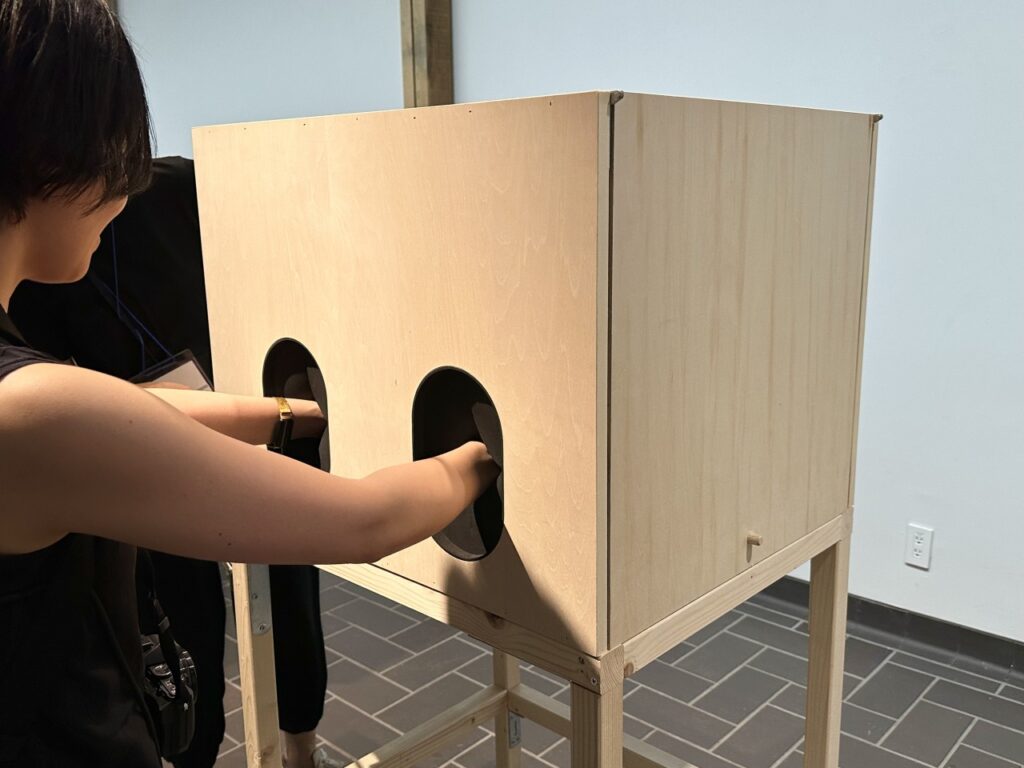National Museum of Nature and Science
[Over 200,000 visitors!] Night Museum events will be held on Friday, September 19th and Friday, September 26th at the special exhibition "Ice Age: The World as Seen by Humanity 40,000 Years Ago"
The special exhibition "Ice Age: The World as Seen by Humanity 40,000 Years Ago" currently being held at the National Museum of Nature and Science has attracted over 200,000 visitors. Additionally, a "Night at the Museum" event will be held on Friday, September 19th and Friday, September 26th.

The special exhibition "Ice Age: The World as Seen by Humankind 40,000 Years Ago," currently being held at the National Museum of Nature and Science (Ueno, Tokyo), has surpassed 200,000 visitors. To commemorate this milestone, a ceremony was held on Thursday, September 11th to celebrate the milestone. Kenichi Shinoda, Director of the National Museum of Nature and Science, who served as the overall supervisor of the exhibition, presented the Ohara family, who attended the ceremony, with original merchandise exclusive to this exhibition and an exhibition catalog.
Ohara, who had followed the Ice Age exhibition on social media, commented, "I was looking forward to seeing the Neanderthals and Cro-Magnons, the ancestors of mankind." In response, Director Shinoda encouraged the two visitors, saying, "I hope you will enjoy the exhibition while thinking about the fact that these people once lived."
The "Night at the Museum" event will be held on Friday, September 19th and Friday, September 26th. During the Night at the Museum, visitors will navigate the dark exhibition hall using flashlights and lanterns to illuminate their feet. The event will also include an explanation and talk session by the special exhibition curator.
[Ice Age Exhibition Night at the Museum Overview]
Event name: Special Exhibition "Ice Age Exhibition – The World as Seen by Humanity 40,000 Years Ago" Night Museum
Dates: Friday, September 19th and Friday, September 26th, 6:00 PM to 8:00 PM (last entrance at 7:30 PM)
Speakers:
Wataru Morita (Researcher, Human History Research Group, Department of Life History Research, National Museum of Nature and Science)
Jun Yabe (Head of the Evolutionary Paleontology Research Group, Department of Life History Research, National Museum of Nature and Science)
Yoshinori Murai (Senior Researcher, Biodiversity Analysis and Conservation Group, Department of Plant Research, National Museum of Nature and Science)
Commentary and talk session:
September 19th (Friday) Wataru Morita, Yoshinori Murai
September 26th (Friday) Wataru Morita, Jun Yabe
Capacity: 250 people per day
Night at the Museum Ticket Information [Only a few tickets left!]
Sales period:
September 19th (Friday) Night at the Museum Ticket: Until September 19th (Friday), 2025, 4:30 PM *First come, first served, while supplies last
September 26th (Friday) Night at the Museum Ticket: Until September 26th (Friday), 2025, 4:30 PM *First come, first served, while supplies last
Sales method: Available on the official ticket site and TBS ticket site
Admission fee: Adults and university students: 2,300 yen, elementary, middle and high school students: 600 yen
*Advance tickets, same-day tickets, free admission tickets, etc. cannot be used.
*Please be sure to check the notes on the ticket purchase page.
▼Ticket purchase page
Official online ticket : https://www.e-tix.jp/hyogakiten/
TBS Tickets https://tickets.tbs.co.jp/hyogakiten/


[Midomos Greeting Event, Midori City, Gunma Prefecture]
Midomos, the official mascot character of Midori City, Gunma Prefecture,
He will be visiting the Ice Age Exhibition on Saturday, September 13, 2025. "Midomos" is a character created in the image of a mammoth, and is named after the Iwajuku ruins in the city.
[Event Overview]
Date and time: Saturday, September 13, 2025
①10:00-10:30 ②11:30-12:00 ③14:30-15:00
Location: National Museum of Nature and Science, Global Gallery, Special Exhibition Hall, Connecting Corridor
・To participate in the greeting event, you will need a ticket for the special exhibition "Ice Age: The World as Seen by Humanity 40,000 Years Ago."

■ Ice Age Exhibition Overview
Exhibition name: Special Exhibition "Ice Age Exhibition – The World as Seen by Humanity 40,000 Years Ago"
Date: July 12, 2025 (Sat) – October 13, 2025 (Monday/holiday)
Opening hours: 9:00-17:00 (last admission at 16:30)
Nighttime opening hours: October 10th (Friday) to 13th (Monday, national holiday) closes at 7:00 PM (admission until 6:30 PM)
Closed: September 16th (Tue), 22nd (Mon), 29th (Mon)
*Exhibition dates, opening hours, and closing days are subject to change.
Exhibition composition:
Chapter 1: Animals of Ice Age Europe
During the Ice Age, northern Europe was covered by ice sheets, and dry grasslands spread across the central part of the country, dominated by large animals known as the "Ice Age Megafauna."
What kind of creatures were these giant animals that lived in such harsh environments? Which of them became extinct and which survived to the present day?
Chapter 2: Neanderthals and Cro-Magnons
Neanderthals and Cro-Magnons (Homo sapiens) lived during the Ice Age.
This is the first time that an actual skull has landed in Japan. Neanderthals had a sturdy build and strong muscles, while Cro-Magnons had a relatively slender build and long limbs. Both lived in the same era, but by 40,000 years ago, Neanderthals had disappeared.
What on earth was the difference between the two fates?
Chapter 3: The Japanese Archipelago in the Ice Age
The Japanese archipelago stretches from north to south and is home to a diverse range of environments.
It is believed that humans arrived in Japan by the time of the last ice age, approximately 38,000 years ago. What were the animals that lived at that time, including Japan's three most extinct animals (the Naumann's elephant, the Yabe giant deer, and the Japanese long-eared tiger), and what was life like for humans on the Japanese archipelago during the ice age?
[Overall Supervision]
Kenichi Shinoda: Director of the National Museum of Nature and Science
[Supervision]
Wataru Morita: Researcher, Human History Research Group, Department of Life History Research, National Museum of Nature and Science
Jun Yabe: Head of the Evolutionary Paleontology Research Group, Department of Life History Research, National Museum of Nature and Science
Yoshinori Murai: Senior Researcher, Biodiversity Analysis and Conservation Group, Department of Plant Research, National Museum of Nature and Science
Kazutaka Morisaki: Associate Professor, Graduate School of Humanities and Sociology, The University of Tokyo
Yuichiro Nishioka: Associate Professor, Museum of Earth and Environmental History, Fujinokuni
Venue: National Museum of Nature and Science (Ueno Park, Tokyo)
7-20 Ueno Park, Taito-ku, Tokyo 110-8718

access:
■ 5 minutes walk from JR Ueno Station (Park Exit)
■ 10 minutes walk from Ueno Station (Exit 7) on the Tokyo Metro Ginza Line or Hibiya Line
■ 10 minutes walk from Keisei Ueno Station (main exit) on the Keisei Line
*There is no parking or bicycle parking on the premises.
Organizers: National Museum of Nature and Science, TBS, TBS Gloudia, Tokyo Shimbun
Sponsors: TOPPAN, Bic Camera
Sponsored by: BS-TBS, TBS Radio
Official website: https://hyogakiten.jp/
Official X: https://x.com/hyogakiten
■Special tickets (limited quantity)
Sales period: Until 16:30 on Monday, October 13th (national holiday)
*Only official online tickets are available
・Same-day ticket with BE@RBRICK: 5,200 yen (tax included)

■ Same-day tickets
Sales period: Electronic tickets are available until 16:30 on Monday, October 13th (national holiday)
*Other ticket agencies will be open until 3:00 PM on Monday, October 13th (national holiday).
・General admission, university students: 2,300 yen (tax included)
・Elementary, junior high and high school students: 600 yen (tax included)
*Free for preschool children.
* Free admission for those with a disability certificate and one caregiver.
*If you have a student ID or other certificate, please present it upon entry.
Ticket sales locations: National Museum of Nature and Science (except closed days), official website (online tickets), TBS Ticket, Asoview, Seven Ticket, e+, Lawson Ticket, Ticket Pia, CN Play Guide, Rakuten Ticket, Ikoyo
[TBS Gloudia] Press Release
See other exhibition information



